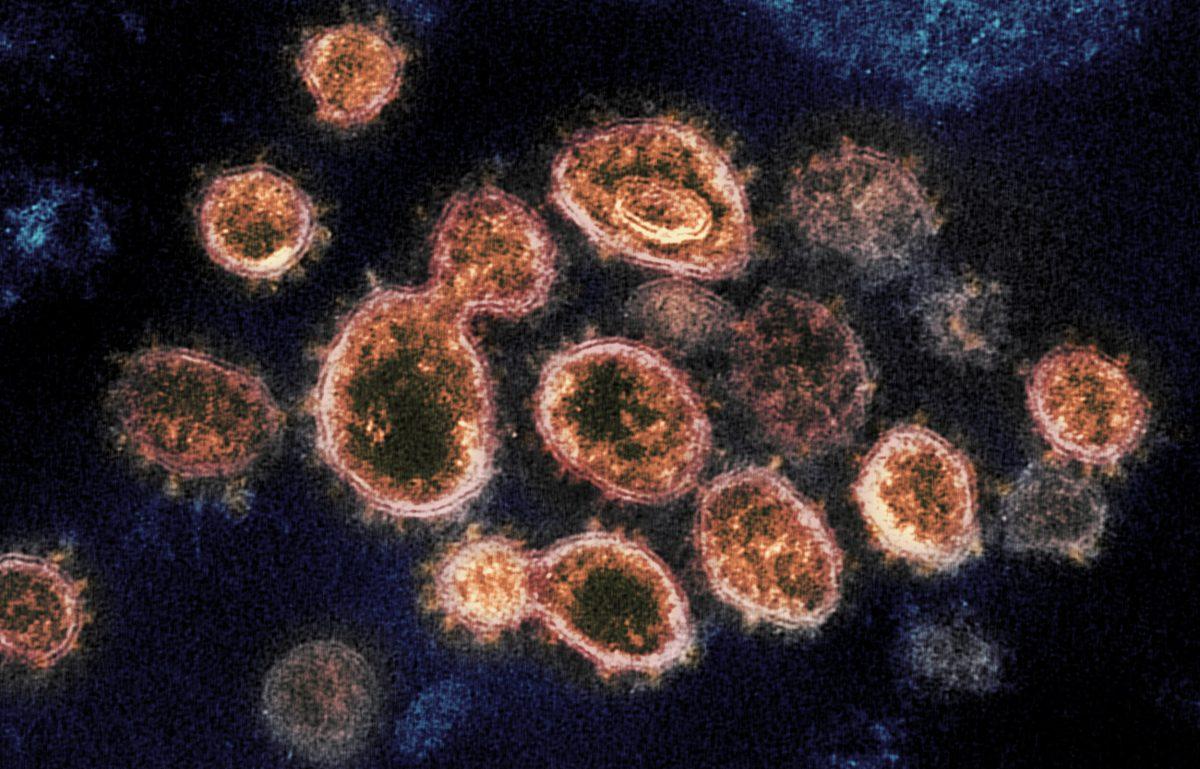President Trump announced Sunday, March 29 that the United States Government is revising the social distancing guidelines put in place on March 13 to extend until at least April 30. The administration had been publicly touting a return to normal by Easter weekend, but the decision comes on the heels of Dr. Anthony Fauci making alarming statements regarding the potential number of infections and deaths.
Dr. Fauci estimated that 100,000-200,000 Americans could die from COVID-19, and he forecast that millions will test positive before the situation is under control. Dr. Deborah Birx, after analyzing the data, said the “models predicted anywhere between 1.6 and 2.2 million fatalities, if we didn’t mitigate…Some of them predicted half of the United States would get infected and have that level of mortality.”
President Trump said, “The peak, the highest point of death rates — remember this — is likely to hit in two weeks…We can expect that, by June 1st, we will be well on our way to recovery.”
The International Committee on Taxonomy of Viruses officially named the novel coronavirus as ‘severe acute respiratory syndrome coronavirus 2, SARS-CoV-2.” The disease that it causes was named coronavirus disease, COVID-19, by the World Health Organization.
The announcement to extend the shelter-in-place recommendations was made during the Coronavirus Task Force’s daily press briefing, an event that has become must-see reality television for millions of people thanks to President Trump’s combative nature when he objects to a reporter or the question they are asking.
PBS NewsHour reporter Yamiche Alcindor found herself berated by President Trump when she asked a question about the president’s interview with Sean Hannity where he suggested that the governor of New York did not really need 30,000 ventilators.
The president compared his ratings to Monday Night Football and the finale of the Bachelor, and critics argue that he is using the platform as virtual campaign rallies since the social distancing rules prevent candidates from stumping in the traditional manner.
A Seattle station, KUOW, said they will no longer carry the White House briefings live “due to a pattern of false or misleading information provided that cannot be fact-checked in real-time.”
During the Sunday briefing, Mr. Trump thanked UPS and FedEx for their assistance delivering ventilators, but the United States Postal Service was never mentioned. The president has called for privatization of the USPS, and now the administration is choosing to utilize private enterprise, direct competitors of the federal postal service, to deliver supplies.
The parade of corporate executives at the daily briefings has critics arguing that the nation has devolved into an oligarchical plutocracy.
After hinting to a reporter that he was considering a quarantine for New York, New Jersey, and parts of Connecticut, the president found himself at odds with New York Gov. Andrew Cuomo in a battle of federal vs state power. Gov. Cuomo said he would consider the quarantine a “federal declaration of war.”
The crisis continues to impact the economy, and the whiplash stop is threatening to reverberate harm across wide spectrums of the global financial markets.
Miguel Faria-e-Castro, an economist with the St. Louis Federal Reserve, in a March 24 post on the Fed’s On The Economist Blog, estimated that 47 million Americans may lose their job in the Second Quarter. The Fed’s models determined that unemployment could hit 32%.
Faria-e-Castro concluded, “These are very large numbers by historical standards, but this is a rather unique shock that is unlike any other experienced by the U.S. economy in the last 100 years.”
Unemployment sat at a mere 3.5% in February, but the virtual closure of service industries has decimated the workforce. Employers are struggling to meet payroll demands while workers are attempting to make ends meet with no income or a fraction of what they were making before.
Restaurants across the nation are unable to pay rent for April, and the new guidelines proposed by the government all but ensure a similar situation for the month of May.
The National Restaurant Association reports that during the first three weeks of March, restaurants lost $25 billion in sales and 3 million jobs. According to the report, 3% of restaurants have already permanently closed and 11% are expected to be closed within the next 30 days.
Many college students pay bills by working for tips at restaurants and bars, and the closure of these businesses is affecting lives across the country.
President Trump said, “You’re going to lose all these restaurants and they’re not going to make it back.”
In a classic Republican maneuver, the president called for “restoring the deductibility of meals and entertainment costs for corporations” as a means to help the restaurant industry. Tax breaks for corporations and the upper class have been a hallmark of this administration. Opponents argue that these tax incentives will do little to boost restaurant revenues as long as doors are shuttered. With the virus spreading rapidly in cities around the world, restrictions of movement and more lockdowns are imminent and uncertainty is the common thread. Students, businesses, investors, and workers alike find themselves wondering what is around the next corner.





![[Both photos courtesy of sonoma.edu]
Ming-Ting Mike Lee stepped in as the new SSU president following Sakakis resignation in July 2022](https://sonomastatestar.com/wp-content/uploads/2024/04/CC4520AB-22A7-41B2-9F6F-2A2D5F76A28C-1200x1200.jpeg)


























